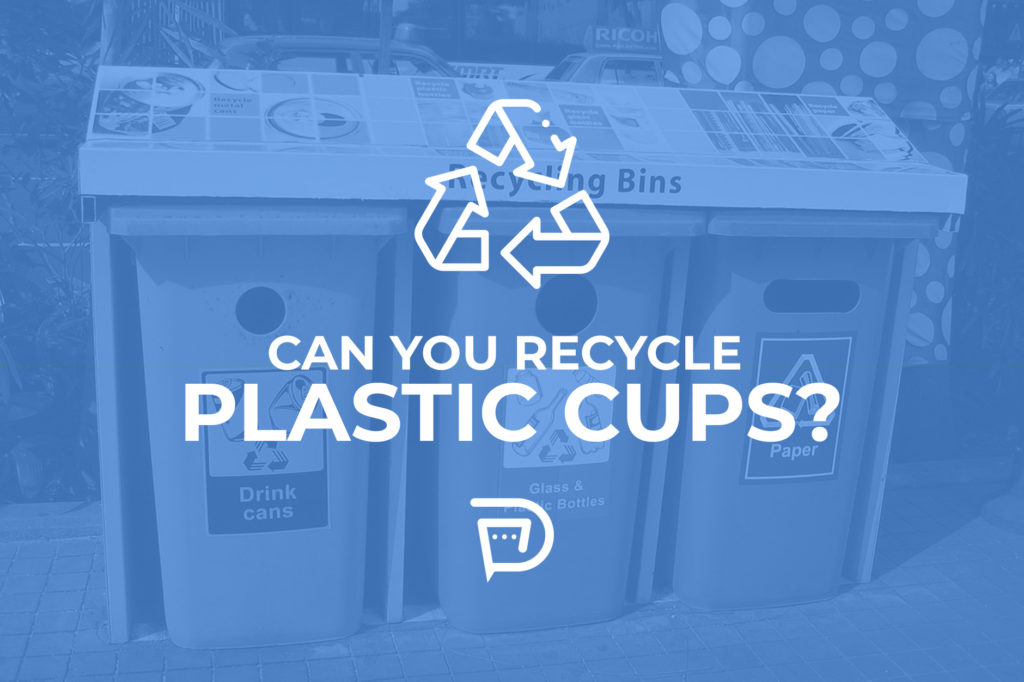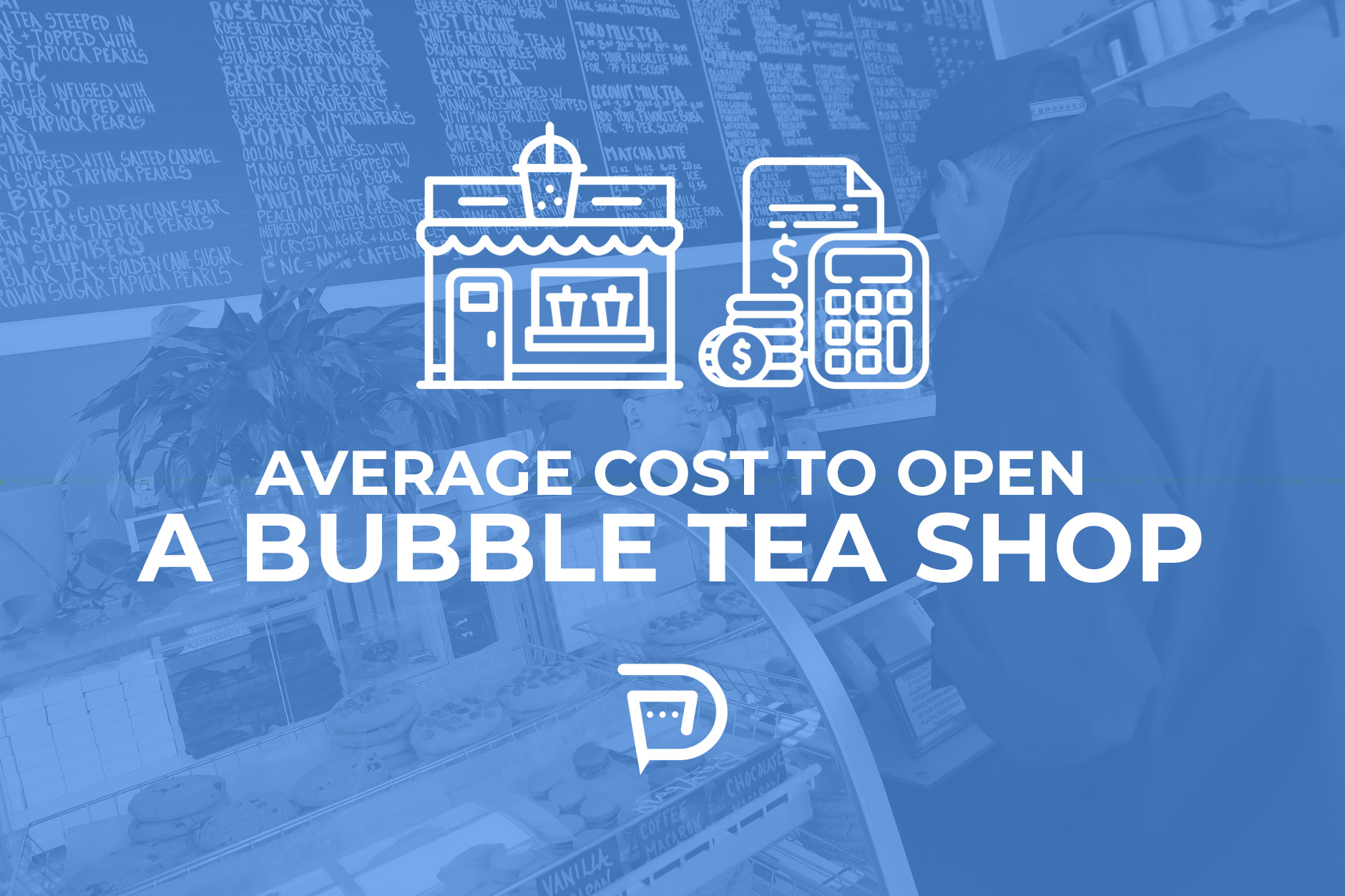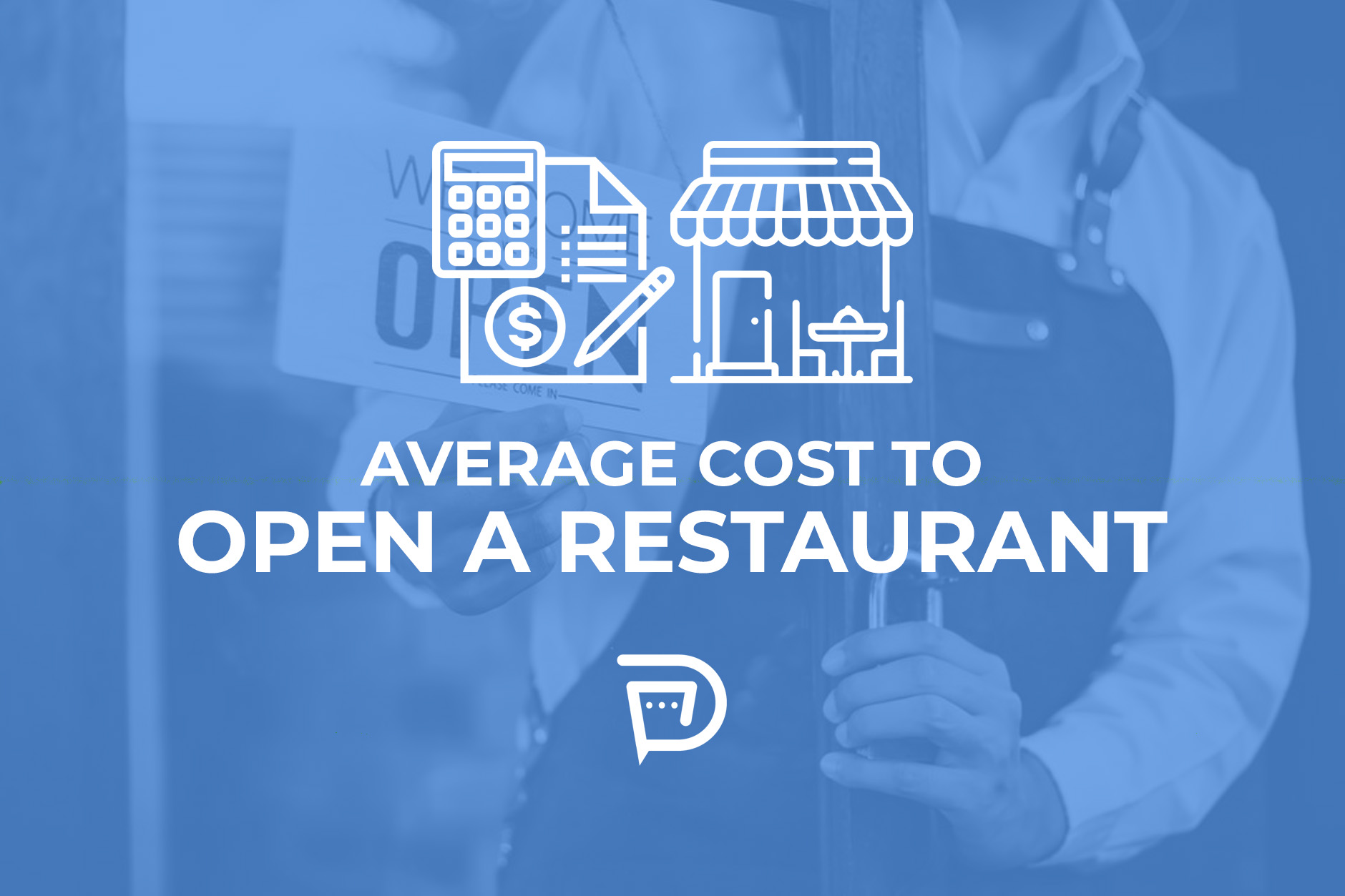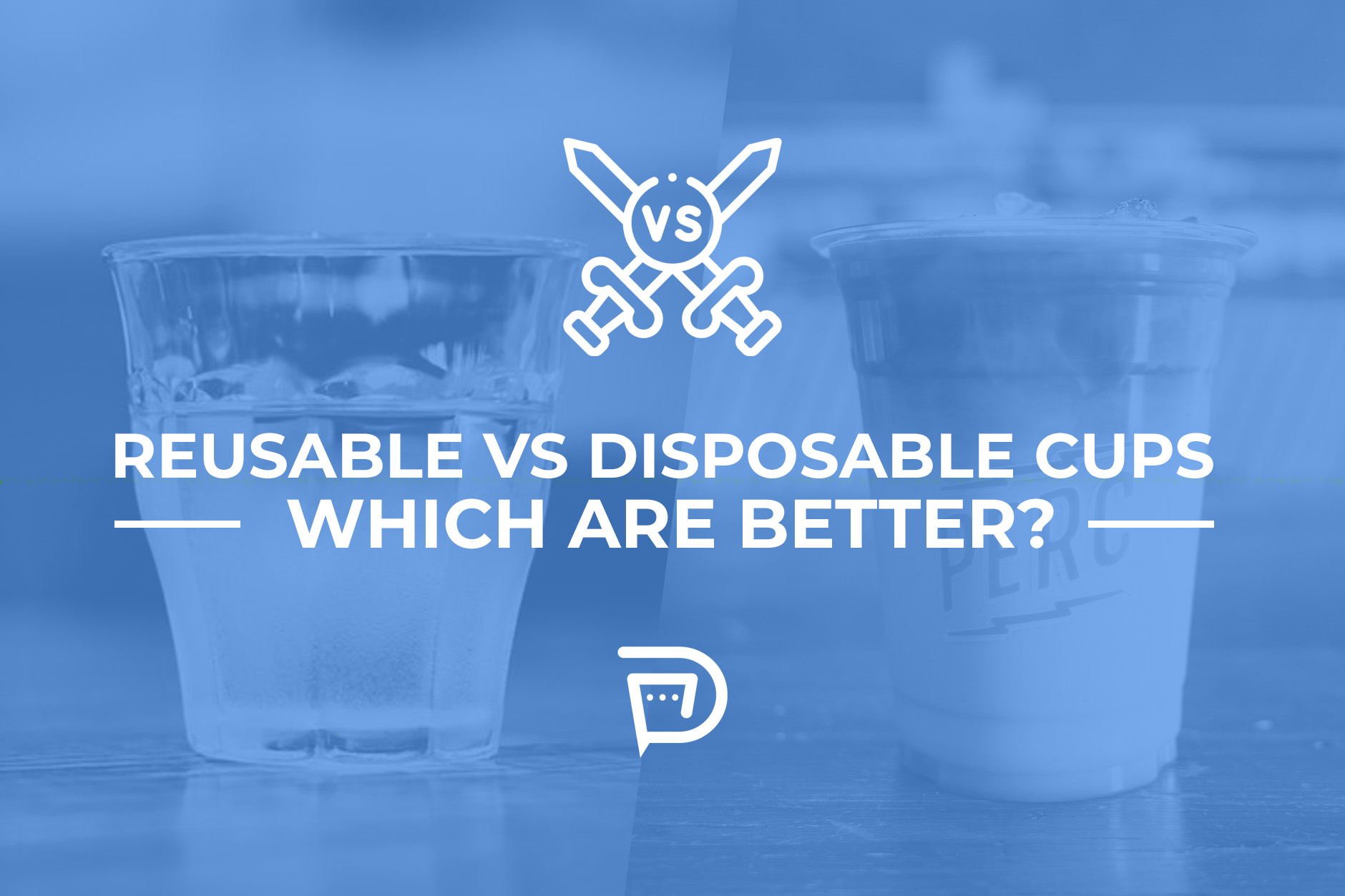Recycling has a lot of benefits for our environment, economy, and community. However, it can also be confusing – particularly when it comes to plastics. Many people simply don’t know what can and can’t be recycled, which can have an impact on efforts to be more “green.”
Of the 7 main types of plastics, only 2 are accepted almost everywhere for recycling. Single-use plastic cups made from PET/PETE or HDPE – classified as plastic number 1 and plastic number 2 – can be recycled almost everywhere. Thicker plastic cups (such as stadium cups) often cannot be recycled through curbside recycling programs, but can be reused – which can be considered a different type of recycling!
At Disposable Design, we know that our customers – and their patrons – want to make environmentally-friendly choices. We offer a full line of recyclable plastic cups, along with reusable stadium cups. If plastic disposable cups aren’t your thing, you can choose from our range of custom paper cups and custom compostable cups. Reach out to our branding team to learn about your options for disposable promotional products for your business.
Which Plastic Cups Are Recyclable?
In 2018 alone, more than 35 million tons of plastics were generated in the United States. Of that amount, only 8.7% was recycled. This comes down to a few issues: confusion about what can be recycled and the fact that certain plastics are not accepted in most community recycling programs.
One of the easiest ways to identify whether a plastic – including plastic cups – is recyclable is by looking for a triangle on the bottom with a number inside. This is known as the resin identification code, which breaks plastics into categories based on the 7 main types of plastic. Below, we explain what each number means – and whether or not they are recyclable.
Number 1: PETE or PET
Plastics made from polyethylene terephthalate (PETE or PET) will have a number 1 on the bottom. These plastics are used for things like salad dressings, soft drinks, water bottles, juice bottles, and microwaveable food trays. These plastics are hard to reuse, as they absorb bacteria and flavors.
However, plastic number 1 is easy to recycle. Most recycling centers will accept these plastics for recycling. This material can be recycled to make new containers, polar fleece, carpets, and furniture.
Number 2: HDPE
Plastic number 2 includes anything made from high-density polyethylene (HDPE). It is commonly found in things like milk jugs, yogurt tubs, toiletry bottles, and bottles for household cleaners. It is a sturdier plastic than PETE/PET and can potentially be reused.
Like plastic number 1, HDPE plastics are widely accepted by recycling centers. Plastic number 2 can be recycled to make more containers/bottles, floor tiles, and fencing materials.
Number 3: V or PVC
Plastic number 3 includes anything made from vinyl or polyvinyl chloride (V or PVC). Common uses of V or PVC include clear food packaging, cooking oil bottles, and pipes. It is rarely used to make plastic cups.
Plastic number 3 can be recycled to make things like cables, mudflaps, paneling, and roadway gutters. However, few recycling centers accept plastic number 3 as it is harder to recycle. If you have some V or PVC on hand, you will need to check with your recycling program to determine if it is accepted.
Number 4: LDPE
Low-density polyethylene, or LDPE, is classified as plastic number 4. It is often used for applications that require very thin plastics – like bread bags, frozen food bags, plastic wraps, and shopping bags. It is not used to make plastic cups but may be used to coat paper milk cartons and hot and cold beverage cups.
Because plastic number 4 tends to be very lightweight, it is not accepted in most curbside recycling programs. If a recycling center does accept it, plastic number 4 can be recycled to make trash can liners, envelopes, and floor tiles.
Number 5: PP
Polypropylene (PP) is categorized as plastic number 5. It is used for food containers, like sour cream tubs, plastic straws, rope, bottle caps, and carpets. Because it tends to be a stronger, heat-resistant plastic, it can be reused.
Plastic number 5 is recyclable, although not every recycling center accepts these plastics. Once recycled, the material can be used to make things like battery cables, ice scrapers, rakes, and brooms.
Number 6: PS
Polystyrene (PS) is classified as plastic number 6. Often referred to as styrofoam, it is often found in egg cartons, disposable cups and plates, and take-out containers. It should not be reused as it tends to be delicate and may leach chemicals.
Number 6 plastics can be recycled, but most curbside recycling programs will not accept it. The process of recycling styrofoam and similar plastics is difficult and expensive, so it is not widely used. If it is recycled, the material may be made into foam packaging, rulers, insulation, and light switch plates.
Number 7: Other
The final category of plastics is a catchall, containing all of the miscellaneous plastics that do not fit into any of the other categories, including many plastic resins. Number 7 plastics may be used to make larger jugs of water and some food containers.
Plastic number 7 can be recycled into plastic lumber and other custom-made products. Some recycling centers accept this type of plastic.
So Which Plastic Cups Can Be Recycled?
A general rule of thumb for recycling is that plastics number 1 and 2 are the easiest to recycle. Most recycling programs won’t accept plastic number 3 for recycling. All other plastics might be recycled depending on the program in your community.
If your plastic cups are made from PET/PETE or HDPE, then you can recycle these single-use cups. For example, Disposable Designs’ custom 12-ounce plastic cups – which can be printed with your business name and logo – are made from your choice of PET or PP plastic. These cups can be recycled.
However, many thicker plastic cups – such as custom plastic stadium cups – cannot be recycled through most residential recycling programs. These cups tend to be sturdier, however, and can be reused. As a result, the environmental impact of these cups maybe even less since customers can take the cups home and use them again and again.
There are a lot of benefits to using plastic cups, particularly if you have any sort of take-out business. If you have concerns about the environmental impact of buying single-use plastic cups, you can choose cups – like our custom plastic cups – that are easy to recycle.
Buy Recyclable Plastic Cups from Disposable Design
Plastic cups are more convenient – and often more cost-effective – than other types of drinking vessels. As a business owner, you may have some concerns about the impact that plastic cups may have on the environment – or that your customers will be upset by the use of disposable plastic cups. By choosing plastic cups made of plastic number 1 or plastic number 2, you can alleviate many of these concerns.
At Disposable Design, we offer a full range of custom disposable products, many of which are environmentally friendly. We sell our products in smaller quantities and at fair prices so that small, independently-owned businesses can afford to buy our high-quality promotional products. All of our plastic cups can either be reused or recycled.
To learn more about our plastic cups or to speak to a member of our branding team, fill out our online contact form or hit the live chat button at the bottom of the screen.





